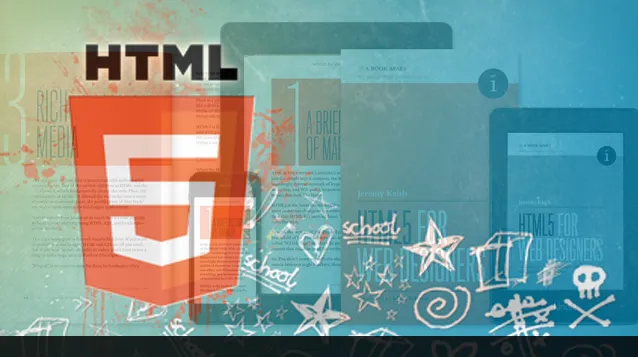Global Insights Hub
Stay informed with the latest updates and diverse perspectives.
HTML5: The Secret Sauce for Stunning Web Experiences
Unlock the magic of HTML5 and transform your web design! Discover the secret sauce for stunning, interactive web experiences today!
Understanding HTML5: Key Features That Enhance User Experience
HTML5 is a significant upgrade to the previous versions of HTML, offering a plethora of features that greatly enhance user experience on the web. One of the key features is the incorporation of semantic elements, such as <header>, <footer>, and <article>, which provide meaningful context to the content. This improves not only the readability for users but also the accessibility for search engines, making it easier for them to index content appropriately. Additionally, HTML5 introduces multimedia support through the <audio> and <video> tags, allowing for seamless integration of rich media without relying on third-party plugins.
Another notable improvement in HTML5 is its support for offline capabilities through the Application Cache and Local Storage features. These functionalities enable developers to build web applications that can run without an internet connection, significantly improving user experience in areas with unstable connectivity. Furthermore, HTML5 offers comprehensive form enhancements, including new input types like email and date, along with built-in validation attributes that help streamline the data entry process. All of these features collectively contribute to a more dynamic and engaging user experience, showcasing HTML5's pivotal role in modern web development.

How HTML5 Transforms Web Development: A Comprehensive Guide
HTML5 has fundamentally transformed the landscape of web development, introducing a robust framework that enhances both functionality and user experience. By integrating multimedia elements such as audio and video directly into web pages, developers can create richer, more engaging websites without relying on external plugins. Features like the canvas element for graphics, detailed form controls, and enhanced accessibility options allow for greater interactivity and inclusivity, catering to a wider audience. As a result, businesses are now able to deliver content that resonates well with users, leading to higher engagement and improved SEO performance.
Furthermore, one of the standout innovations of HTML5 is its support for APIs that enable complex applications to run smoothly across different devices and platforms. For instance, the Geolocation API allows web applications to provide location-based services, enhancing the user experience significantly. The introduction of the Web Storage API and Web Workers enables developers to create more responsive applications that can handle data storage and processing in the background, further optimizing performance. With these advancements, HTML5 not only streamlines the development process but also empowers creators to build sophisticated web applications that stand out in today's competitive online marketplace.
Is HTML5 the Future of Web Design? Exploring Its Impact and Advantages
HTML5 has revolutionized the way we approach web design, introducing a range of features that enhance both functionality and user experience. With its new semantic elements like <header>, <footer>, and <article>, developers can create more meaningful and accessible web content. This not only improves search engine optimization (SEO) but also makes it easier for users to navigate sites. Furthermore, HTML5 supports multimedia natively—allowing for seamless audio and video integration without relying on plugins. These advancements make it evident that HTML5 is not just a trend; it's a foundational element that shapes the future of web design.
Moreover, the advantages of HTML5 extend beyond structure and media support. Its improved performance and new APIs enable developers to create more interactive and responsive designs. Features such as WebSockets for real-time communication and Canvas for dynamic graphics transform the way users interact with websites. Additionally, HTML5's focus on mobile-friendliness aligns with the growing demand for mobile-optimized content in an increasingly mobile-first world. By embracing HTML5, designers can ensure their projects are adaptable, engaging, and future-proof, solidifying HTML5's role as a cornerstone of modern web design.